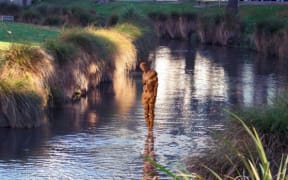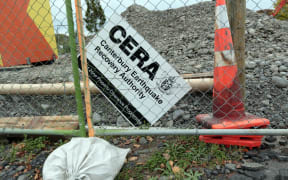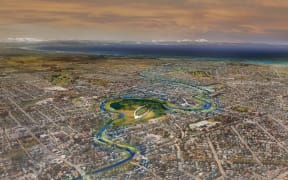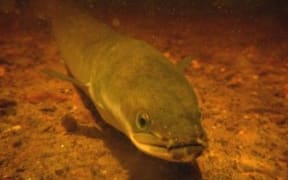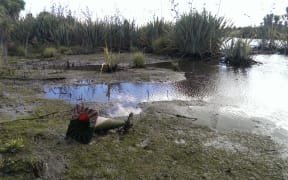The Christchurch City Council has admitted it could take 30 years before the city's sewage system is returned to a pre-earthquake condition.
A council report has said there is a risk the money set aside by it and the government to fix the pipes will not be enough - and increased amounts of raw sewage may have to be released into the city's rivers for years to come.
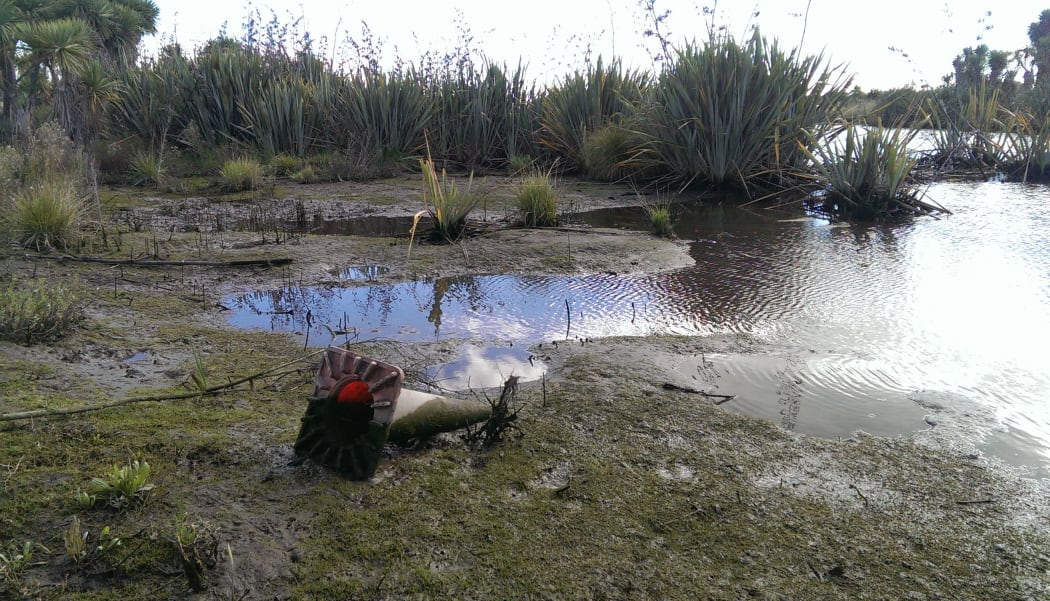
A whitebait spawning area in the lower reaches of Christchurch's Avon River. Photo: RNZ / Conan Young
Earlier this year, the government said it would not be contributing any more to the repair of the city's sewer and stormwater pipes, despite the council saying it required another $400 million to return things to a pre-quake condition.
The council manager in charge of sewage, Tim Joyce, said this meant the council was having to cut its cloth to measure.
He said the plan was to get the most out of the existing system and then, over the next 30 years, bring things back to where they were before the quakes.
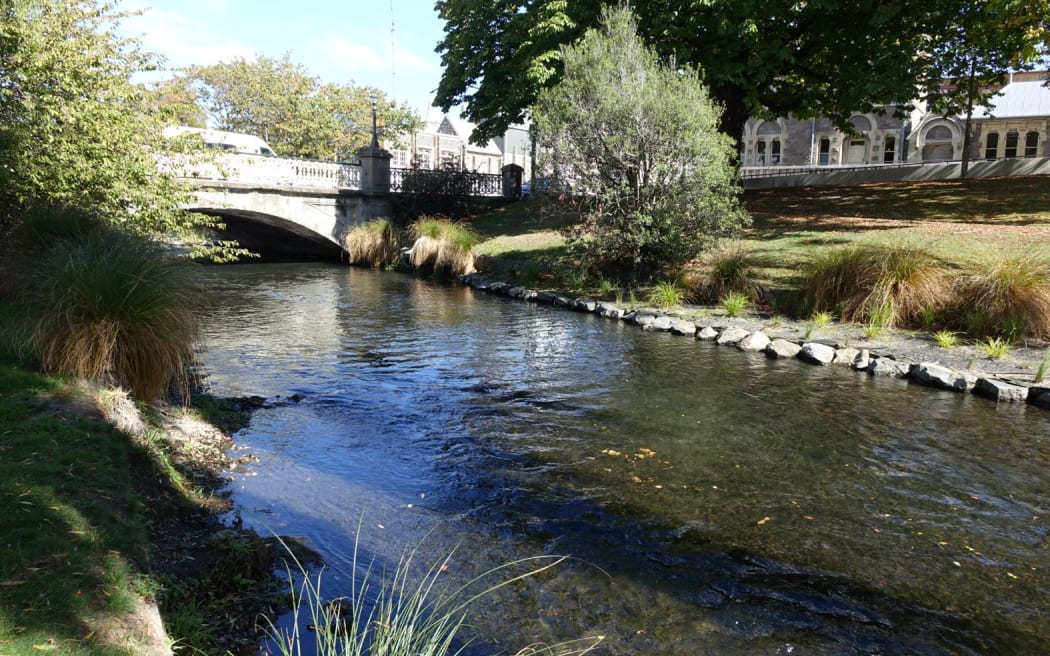
The council may need to apply to release more sewage into the Avon (pictured) and Heathcote Rivers. Photo: RNZ / Conan Young
Mr Joyce said a definitive answer on the scale of the repair job would not be known until 2017.
But he admitted early indications were that a substandard network would result in the council having to apply to increase the amount of sewage it releases into the Avon and Heathcote Rivers following periods of high rainfall.
"That's a possibility but the modelling will give us a much better feel for that nearer the time," he said.
"If we do get a sewer overflow, it's in massive volumes of water going down there [and] it's extremely diluted."
Repair plan 'lacks ambition'
Canterbury Medical Officer of Health Alistair Humphrey said, unlike other contaminants such as duck and dog faeces, human waste could pose a risk long after it had been released into the city's waterways.
He said harmful Giardia cysts had been found on river banks two years after sewage had been released.
"There's various types of Salmonella... toxic E coli, absolutely every type of enteric disease, which includes things like cholera... could end up washing out of your sewerage system and into your recreational water."
Dr Humphrey said Christchurch was gradually replacing a largely Victorian sewer pipe system and that aiming to return things to a pre-quake condition lacked ambition.
"I would like to see that we get the best value for money for keeping those rivers clean and I think we should be able to get back to something better than what we had before the earthquakes."
Canterbury university professor and water expert Bryan Jenkins said, while water quality in the two rivers had improved compared to immediately following the earthquakes, it was still not recommended for swimming or even boating.
"If you look at the most recent summary of results for water quality in Christchurch city rivers, nearly all the sites show a significant increase in the bacterial contamination compared to pre-quake circumstances, even now."
Professor Jenkins said the sewage overflows could go into a network of adjoining wetlands rather than straight into the city's rivers.
He said these could be established in red-zoned land neighbouring the Avon, which is currently vacant.
The government has not yet made a decision on what to do with this land.

